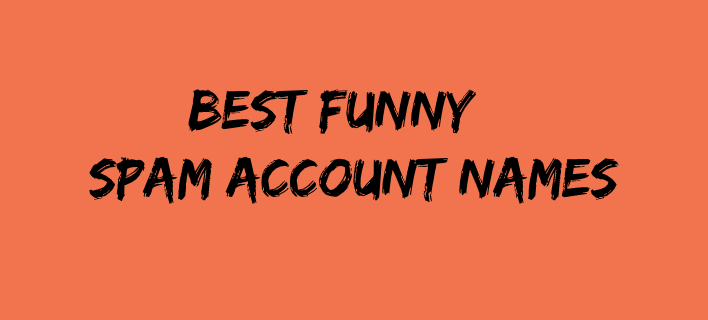There was a period when communication required word of mouth for a message to get across. The world has changed drastically since then with endless benefits. The way signals transmit is only getting faster. One of the newest additions to the game is fiber optic cables.
These micro-thin wires (the width of a human hair) send light signals over a large distance, and because it works this way, it doesn’t lose its speed over distance. This makes for a constant high-speed connection. In other words, these cables make up the majority of our communication means.
This tech has sped into the workplace almost as fast as its connection speed. However, as with most new technologies, the conversation isn’t one-sided. It’s important to learn the pros and cons of fiber optics before investing. The alternative to these cables is copper wire, which also has it’s good and bad points. Here’s a look at what exactly these cables are and fiber optic’s benefits and disadvantages.
What are Fiber Optic Cables?
Consisting of one or more thin strands of glass, a fiber optic cable is a key element in today’s technology. At the center of each individual strand is “the core.” The core provides an essential pathway for light to travel up and down and the cable. This vital core is surrounded by a layer of glass, called cladding. The cladding reflects the light inward, making sure that a loss of signal is avoided and allowing the light to pass through all necessary bends in the cable.
There are two primary types of fiber optic cables. These are single-mode and multi-mode. Single-mode fiber optic cables use incredibly thin strands of glass and a laser to generate the all-important light. On the other hand, multi-mode fiber optic cables use LEDs to generate the light that passes through the strands.
What’s more, single-mode cables use Wave Division Multiplexing techniques to increase and boost the amount of data traffic each stand can carry. This crucial technique allows light at multiple wavelengths to be combined and then separated (multiplexed and de-multiplexed), which enables them to transmit numerous communications through one single pulse of light effectively.

What are Fiber Optic Cables Used For?
Fiber optic cables are used both for business use and for home use. The cables provide reliable and direct access by households to the internet, which is key in the age where working from home is no longer just desirable, but it is recommended.
For the Fiber
Pros at a glance:
- Faster connection speed
- Not affected by interference
- Users privacy is protected
- Can include many connections
As stated before, these cables have got speed. Using light signals makes fiber optics the fastest connection on the market.
A copper wire connection can lose its signal strength when it comes close to electromagnetic interference. This can make signal strength unpredictable or mean you lose connection altogether. Fiber cables avoid that set back while ensuring an even faster connection.
It’s not only speed, however. It’s also privacy. This connection cable lets its users relax knowing their information is safe. Fiber optics don’t radiate their signals, which means there’s no way for other people to listen in. With their simple design, these cables can expand to include more connections, too.
Against the Fiber
Where it lacks:
- More expensive
- Can damage easily
It’s no surprise that being at the top for high-speed connections comes at a cost. Octopart.com lists 8 meters of cable between $150-200. For the majority of fiber users, this price tag is acceptable. Yet, for those searching for a better connection at home, it may be too expensive.
These prices don’t include installation fees, which could stretch the bill even further. Despite this, most customers are happy with the cost efficiency that fiber provides.
With the cables being as thick as a human hair, it means that they’re prone to damage quite easily. Any potential outage or break in the line will also cause the whole system to shut down. Depending on the number of people using those connections, the results could be terrible. This may also force buyers to invest in safety measures for each set of wired connections.
Keep on Connecting
Fiber optic cables have taken a leap into the future for connected communication. It’s grown to be a favoured choice among users looking for a reliable and safe solution; but most importantly, it’s changed the way we communicate for the better.
These cables may be more expensive and are prone to breaking, but the benefits far outweigh the disadvantages. The user’s privacy is safe; there’s no interference, and, most importantly, it’s super fast. Fiber optic cables are incredibly worth the investment, whether you are using them for home use or business use.







Add Comment